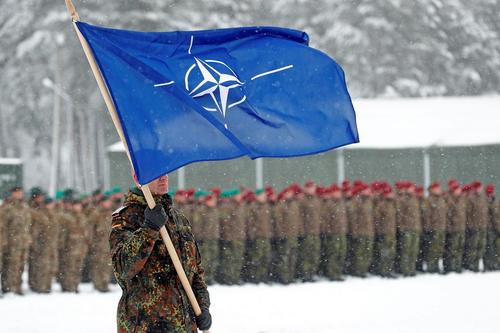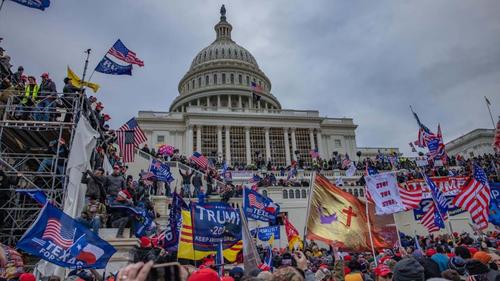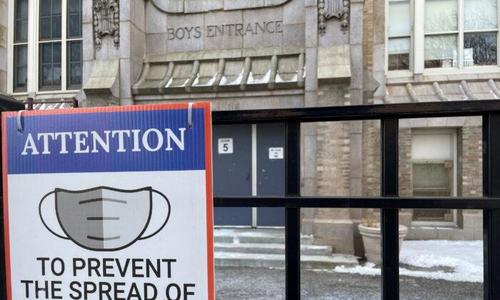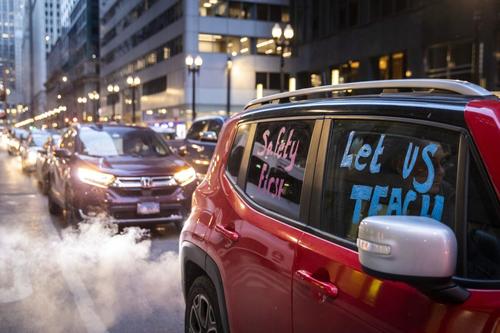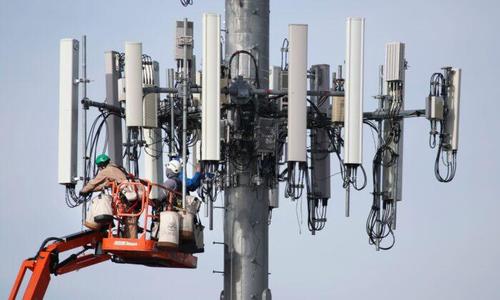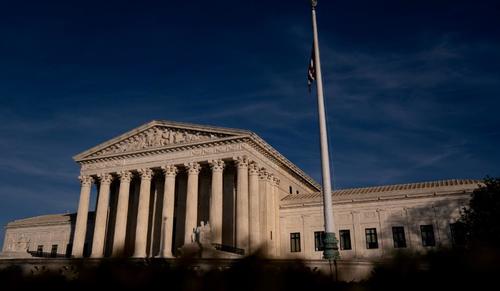I have been a big fan of live audio of Supreme Court oral arguments. In most cases, I think the audio has shown how the justices carefully consider the legal questions before them, and has highlighted how the legal questions before the justices are often quite distinct from the policy questions involved. In this regard, yesterday’s arguments over the Biden Administration COVID-19 vaccine requirements were an exception.
Perhaps owing to the rushed nature of the argument, or the the cases’ complexity, I found much of yesterday’s oral arguments to be sloppy and unfocused. At times it also seemed that justices were playing for the public audience, either making policy arguments that did not address the precise legal arguments or expressing undue concern for how questions might be interpreted (as when Justice Alito raised concerns about risk COVID vaccines might pose to some individuals).
On the sloppy side, both Justices Sotomayor and Gorsuch mangled public health statistics. According to Justice Sotomayor “We have over 100,000 children, which we have never had before, in serious condition, and many on ventilators.” This is false, as fact checks by The Dispatch, Politifact, and Reason have pointed out.
“Flu kills—I believe—hundreds of thousands of people every year,” Justice Gorsuch commented when asking why OSHA has not mandated flu vaccines. This too is wrong. According to the CDC, seasonal flu killed between 12,000 and 52,000 people per year between 2010 and 2020.
There were also several points during the oral argument in which justices made powerful policy arguments that have little to do with (or, in some cases, actually undermine) the legal justification for the policies at issue. One example comes from Justice Kagan, who was a forceful and aggressive questioner at yesterday’s arguments.
In an exchange with Ohio Solicitor General Ben Flowers, Justice Kagan highlighted several reasons why people may face greater risks of COVID-19 exposure in the workplace than elsewhere.
this is a — the combination of lots of people all going into one indoor space and having to deal with each other for eight hours, 10 hours, however many hours a day, in those settings, the combination of the environment and the people that are in that environment create a risk, I would think. I mean, tell me if I’m wrong about this. I would think that workplace risk is about the greatest, least controllable risk with respect to COVID that any person has. You know, everything else a person can control. You can go to the baseball game or not go to the baseball game. You can decide who to go to the baseball game with. But you can’t do any of that in workplaces. You have to be there. You have to be there for eight hours a day. You have to be there in the exact environment that the workplace is set up with And you have to be there with a bunch of people you don’t know and who might be completely irresponsible. . . .
Here (and elsewhere in the argument) Kagan identified many reasons why workplace exposures to COVID-19 might be quite significant, and rise to the “grave danger” standard required by the OSH Act. The problem, however (and as SG Flowers noted), is that OSHA did not define the “grave danger” posed by COVID-19 in the workplace, or the necessity of its vaccinate-or-test requirement, in terms of such factors. Rather, OSHA focused on the number of employees on a company’s payroll. That is, what determines whether a workplace is covered by the OSHA ETS is whether a given employer has 100 or more employees, and not whether workers work in close quarters, congregate in the workplace, or are indoors for extended periods of time.
[Note: Many have argued that the OSHA ETS exempts workplaces where the risk of COVID spread may be low, such as those outdoors. This is false, as I noted here. The OSHA ETS does exempt individual employees who work exclusively outdoors, at home, or on their own, but (as OSHA has made very clear) this exemption “depends on the working conditions of individual employee,” and does not exempt low-risk workplaces.]
The point here is that Justice Kagan’s question highlighted many reasons why an OSHA standard aimed at limiting workplace COVID-19 spread might well be lawful (and would be a good idea), but without accounting for the specifics of the standard that OSHA actually adopted. Put another way, just because OSHA may have the power to adopt a COVID-19 standard of some sort (particularly pursuant to its general standard-setting authority, which is less constrained than its Emergency Temporary Standard-setting authority), does not mean that the OSHA had the power to adopt the ETS that is at issue here.
Later in the argument, Justice Alito asked the Solicitor General whether she was aware of “any other safety regulation that imposes some extra risk, some different risk, on the employee,” noting that COVID-19 vaccines might pose some risks in some contexts. While SG Prelogar did not have any examples at hand, there are actually many regulations that reduce one set of (larger) risks by introducing or increasing other (smaller) risks, and there is an extensive academic literature on the subject (including this book, Risk vs. Risk). As Justice Kagan interjected, “there are constant situations in which there are risk/risk tradeoffs, risks on both sides, but one risk vastly outweighs another risk, and that that comes up throughout regulatory space.” To give one example that comes up in some workplaces: Fire retardant materials may save lives by reducing fire risks, but at the cost of slight increases in the risk of cancer.
In asking his question, Justice Alito seemed unduly concerned that SG Prelogar (or the listening audience) might confuse or misunderstand his question to suggest that vaccines are unsafe, at one point repeating the phrase “I’m not making that point” three times in succession. It was hard to hear this and not think Justice Alito’s sensitivity was augmented by concern for how the question might be perceived beyond the Court.
As for what we learned at oral argument, we learned that the justices are more skeptical of the OSHA ETS than the vaccine requirement for Medicare and Medicaid providers, and this makes some sense. The former rule is overbroad and arguably in excess of OSHA’s authority, while the latter would seem to follow directly from the federal government’s authority to ensure that those who provide federally funded health care services do so in safe and healthy manner. The number of people on a company’s payroll has little relationship to whether COVID-19 is a risk in that workplace, but when the federal government spends money to provide health care for vulnerable populations, it can take steps to ensure that program participation does not increase the risk of COVID-19.
The post Sloppy Arguments Over COVID Mandates at SCOTUS appeared first on Reason.com.
from Latest – Reason.com https://ift.tt/3zB7D6x
via IFTTT
